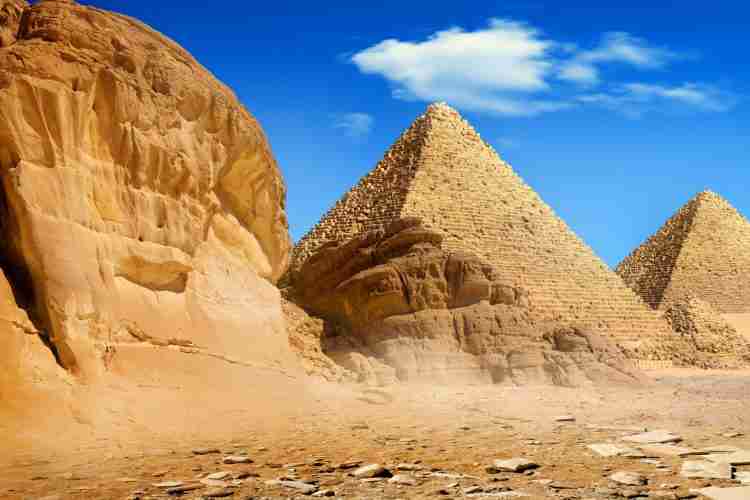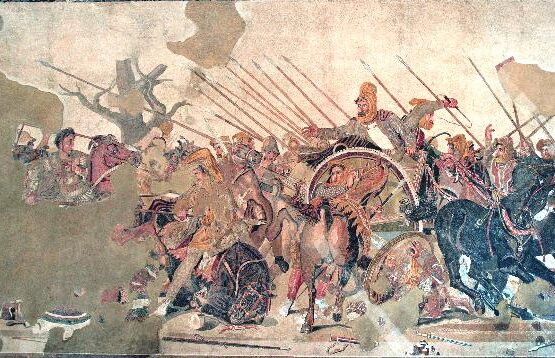CRETE

Looking back into humam history one realises that, only five out of the 209 Egyptian pharaohs in the 3,000 years of pharaohs (approx 3100 BCE – 30 BCE) were female. As only four of the 187 Roman emperors were female.
Similarly, there were only a handful of female empresses in the 21 centuries of Imperial China (221 BCE – 1912 CE), and there have been only 10 empresses in the 26 centuries of Imperial Japan!
In most depictions and narratives of ancient advanced civilizations one also notices that women are often smaller than men, or at least not as important.
Possibly by now either socially and artistically we are used to this notion and find it only natural that men are more powerful, better and stronger leaders personalities so if society is designed like this why not depictions of this is a “Norm”.
One of the ancient civilizations that has been studied very well, that set standards concerning female beauty and is still so very captivating is ancient Egypt.
Till this day we are dazzled by the finds of the tomb of Tutankhamun, the reliefs in New Kingdom tombs, and the serene beauty of Old Kingdom statues and forms.
-But one must remember that the majority of these works were never intended to be seen, for they concerned the afterlife and the Ka!
Looking at the reliefs of Egyptian art one can see a difference in scale the larger the size of the figures, the more important they were. Kings were often shown to have the same size as deities, but both are shown larger than the elite and far larger than the average Egyptian, but also in many cases than their spouces.
Ancient Egypt was a society dominated by men.with very few exceptions. Women did not hold important positions in administration and were also excluded from ruling the country.
Women at the royal court gained and held their position based by the relationship to a male king.
Women bore children and run the house and domestic aspects food etc.
Men would later on train their sons handing down the trade and social role outside the house and their mothers care, while the daughters stayed with their mothers.
Women of high position in society like even Victorian Britain had more rights and we see this as we find their depictions separate from their husbands or the burial traditions as they had their separate burial chambers or even depicted larger than other men in Egyptian reliefs.
Could it be that as society evolved commerce trading that as women oversaw the house chores, baking, food, children and men the writing, the legislation that somehow men society came to believe that women served them?
Having almost forgotten Ma-at, Sehmet, Tawaret?
These strong old female goddesses?
Then right almost beside Pharaonic Egypt and not far from Egypt in the middle of the Mediterranian sea we have Crete with the Minoans!
And they are so different in their representations!
Not only the forms, the vivid colors, the way we see these beautiful same scale if not in some cases larger depictions of women!
We see women being the Center of a painting a ritual or representation.
We are not certain if we are seeing a high priestess or a Goddess or even a woman!
But we observe on almost all representations women are seated on thrones, holding the double heafded axe, beside alters, overseeing and observing ritual rites.
These women are often larger in scale than the male form.
What could this mean about their society?
About gender roles?
About their understanding of the world the Gods and humans?
Unfortunately we do not have as much written documentation by the Minoans like the Ancient Egyptians.
Here we see paintings meant to be seen observed and not mainly found in tombs and we, unfortunately, cannot yet with certainty see the narrative.
But what if we could one day?


